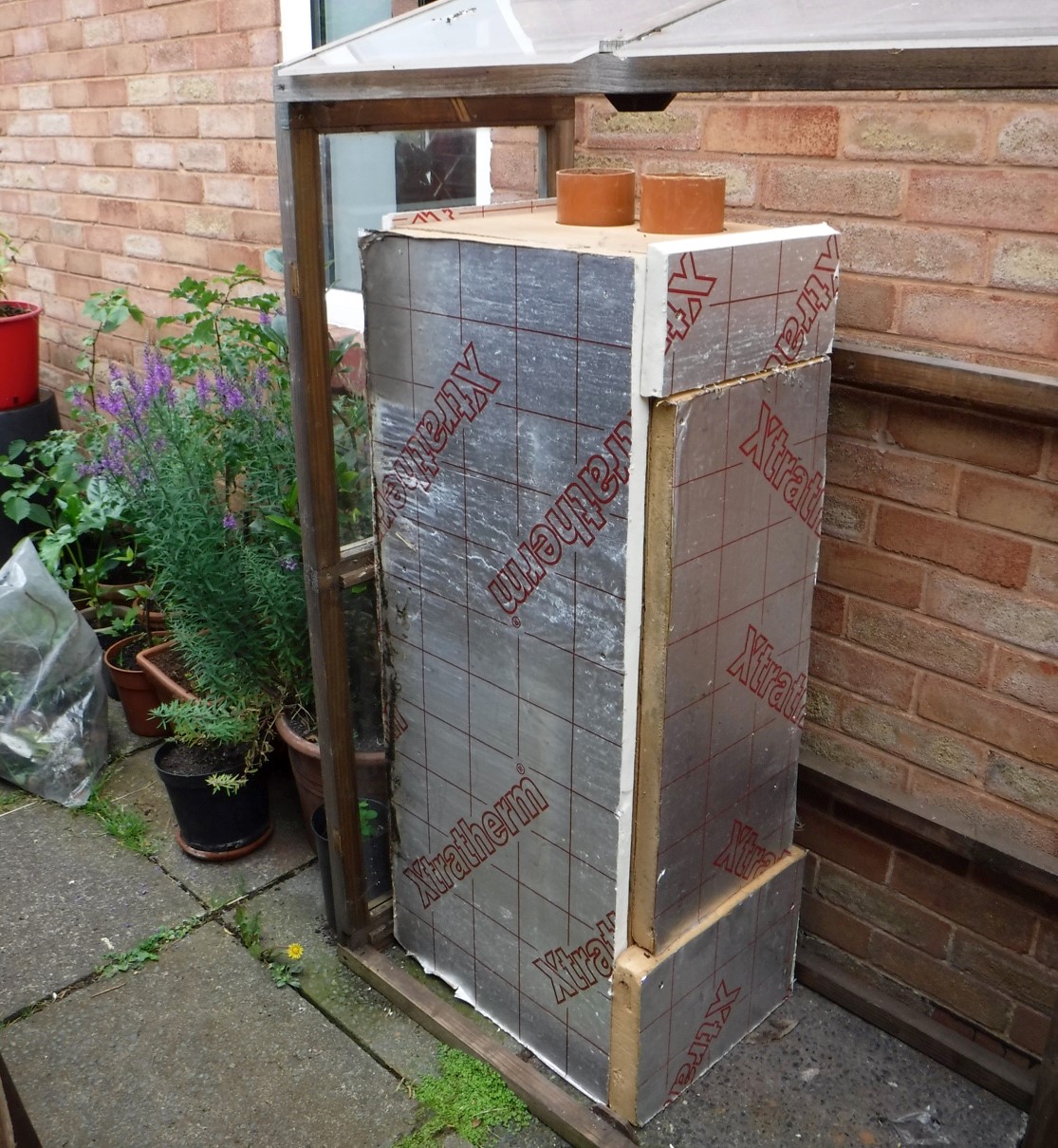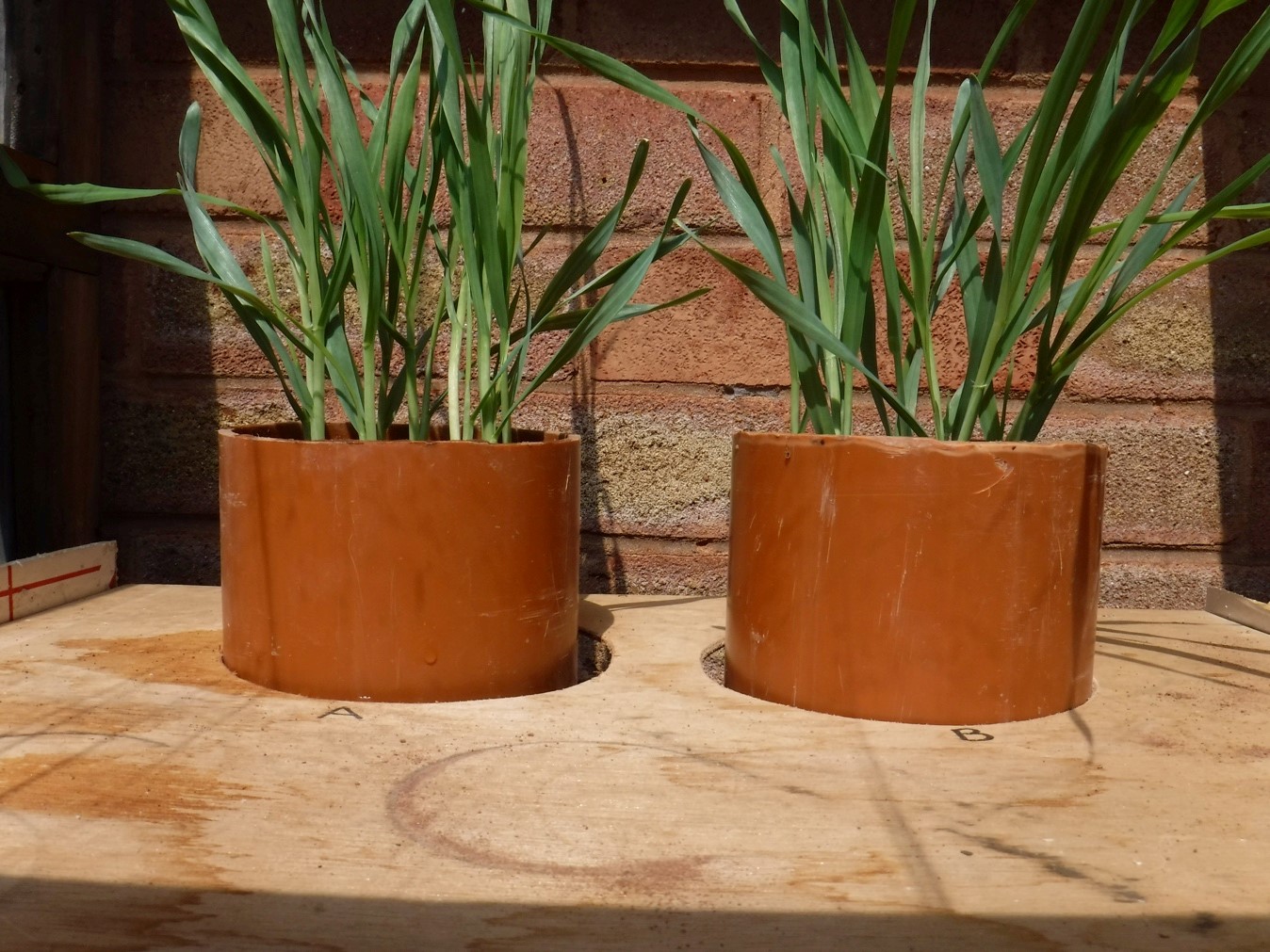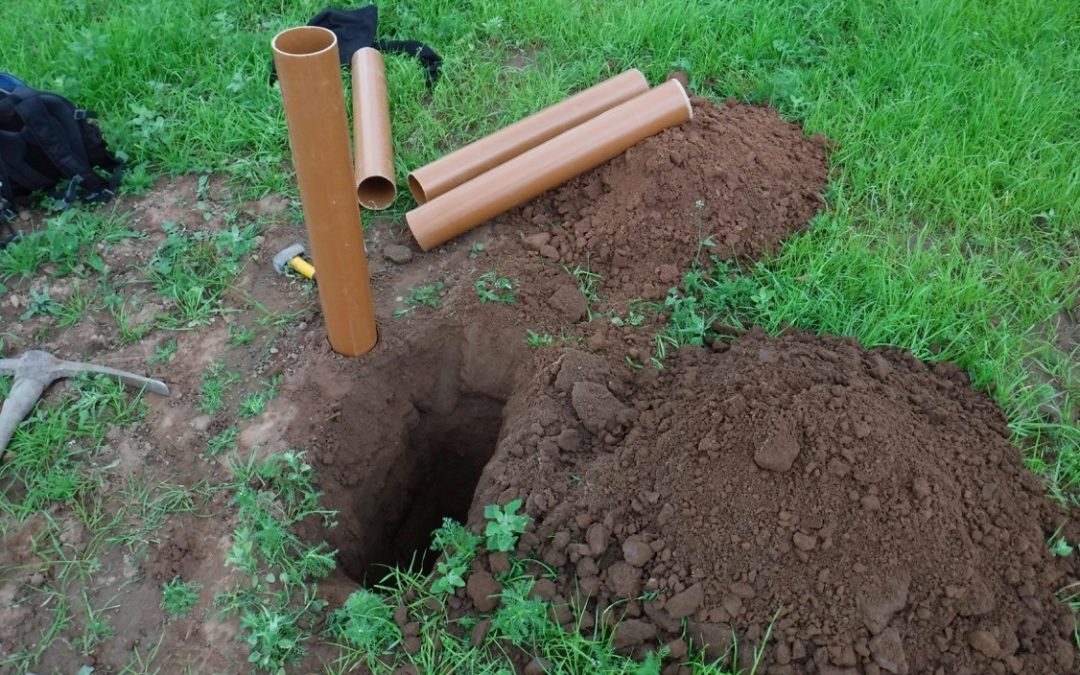The soils of the Lower Otter Valley are inherently vulnerable to erosion and leaching due to their light sandy texture. Since these soils allow water to pass swiftly through the soil profile, a high proportion of the soluble nutrients applied within the catchment is lost through the soil, making the land particularly ‘hungry’ for nutrients.
Unlike the other catchments targeted under the South West Water funded Upstream Thinking Project (UST), the Otter and Cofton Cross catchment is a groundwater catchment. In several of the boreholes within the Otter Valley, nitrate levels are high or on the rise, which is problematic since South West Water must rely on costly additional treatments to ensure the water is of a high standard for drinking.
Working to alleviate pressures on the land and aquifer, our Otter Catchment Advisor Yog Watkins has been trialling a soil conditioning product (ZEBATM) to compare its ability to increase the soil’s capacity to absorb and retain water.
ZEBATM is a biodegradable starch polymer which can absorb and retain water over 400 times its original volume. This product has the potential to reduce leaching of soluble nutrients by keeping them close to the plants’ roots, rather than allowing them to pass through the soil profile before they can be utilised by the growing plant. ZEBATM can also have a direct impact on the soil structure, fracturing the soil surface as it swells and also reducing soil consolidation. Soil consolidation (slumping) can lead to reduced drainage and further problems for the plants.

In these initial stages of the trial, two isolated soil profiles were compared to see whether differences could be observed in soil drainage and the growth of barley seeds when ammonium nitrate was applied to both soil profiles and ZEBATM to only one. By applying rainwater in contolled volumes, the quantity of water that leaches through the profiles could be measured and the water analysed for its constituent nutrients.

Already, the trial is suggesting promising improvements to soil hydrology as a result of ZEBATM, with results showing an improved soil structure. In the soil profile where ZEBATMwas applied, drainage was increased by 53%.
We look forward to seeing how the trial progresses this year as Yog plans for further experiments at the field scale and with the use of our drone for aerial surveys. Alongside this, Yog will continue to test soil profiles, altering the test conditions to more closely represent real world conditions. Through this Yog hopes to gain a better understanding of the differences in nitrate leaching with ZEBATM.
The trial was recently nominated for the Institute of Water’s “Innovation Award.”
If you would like to keep updated as Yog continues the ZEBATM trial this year, follow his Twitter profile @catchmentyog.

